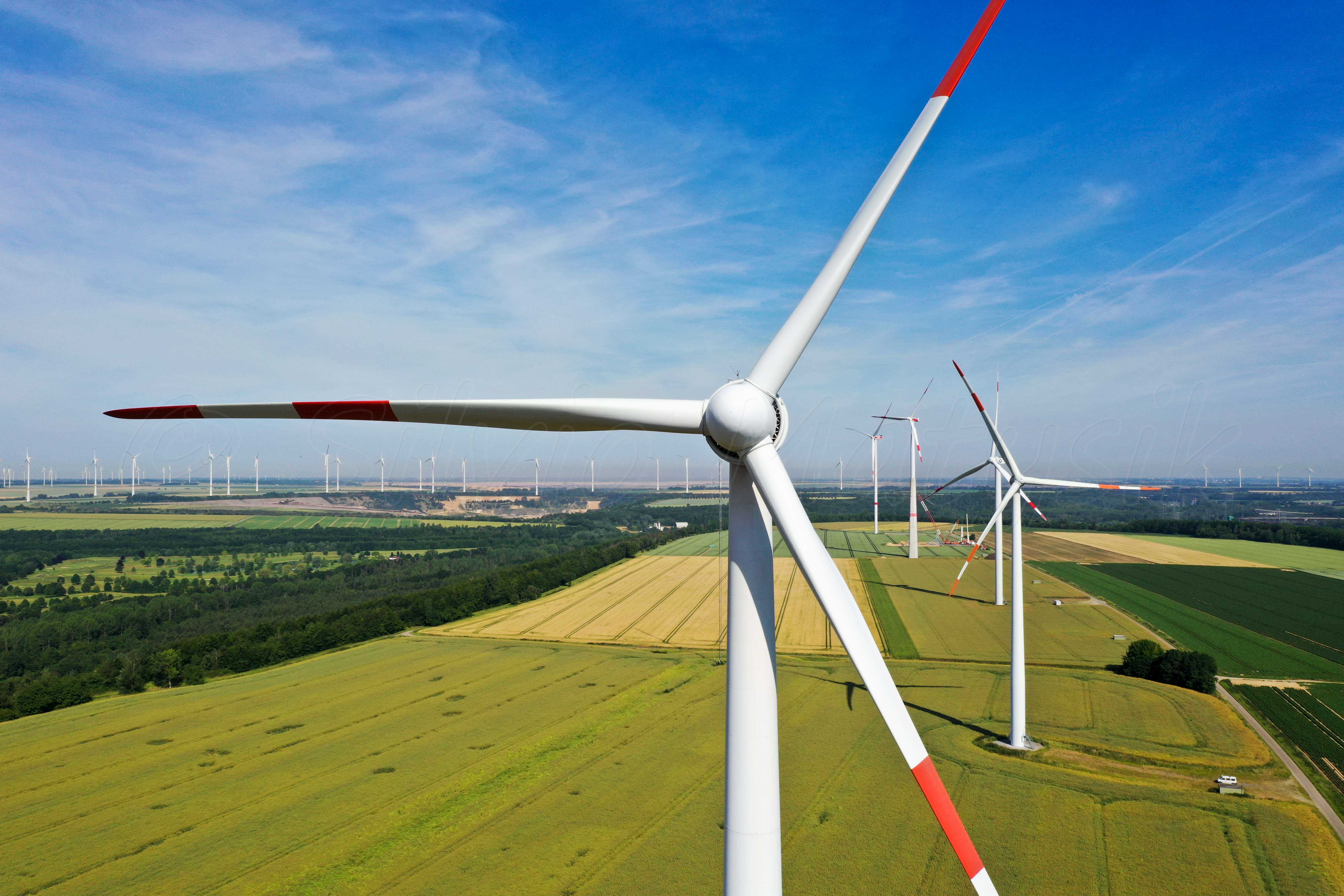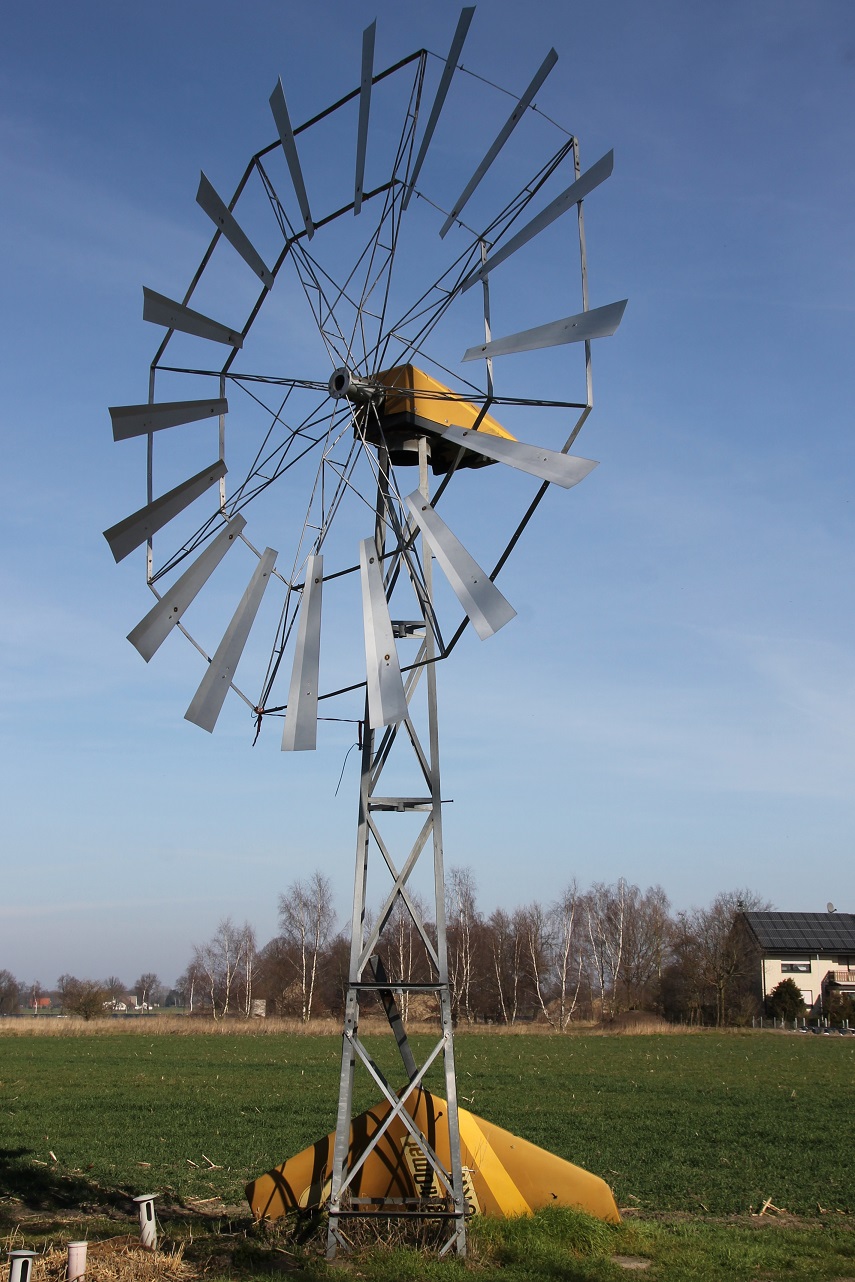
Competitive auctions remain the main policy scheme globally, with the exceptions of China (which relies on FiTs) and the United States (where corporate PPAs predominate) Globally, the transition from administratively set to competitively set remuneration policies is expected to accelerate in the next five years as costs continue to decline and the wind industry expands.

In China, administratively set tariffs are expected to support almost all wind additions until 2025, and after 2020, tariffs for new onshore wind are set at provincial power benchmark prices. In the United States, the main stimulants are corporate PPAs, tax credits and renewable portfolio standards (RPSs), and other revenue sources (wholesale prices, green certificates, etc.). Competitive auctions dominate growth in all regions except China and the United States. Globally, 40% of all wind capacity forecast to come online during 2020-25 is supported by administratively set tariffs (FiTs or a floating FIP), followed by 35% supported by auctions scheme.
#Wind data generator drivers
Support policies and continuous cost reductions are expected to be the main drivers of wind deployment in the next five years. Wind capacity additions increase in 2020 despite Covid-19 The share of offshore wind in total wind additions is expected to have increased further by 2025, reaching 20% as deployment in new markets gains momentum.

Accelerating deployment will require the enhancement of policy support schemes, more investment in grids, eradication of social acceptance and permitting challenges, faster expansion of corporate PPAs and alleviation of regulatory uncertainties and off-taker risks in emerging markets. The United States is expected to join the ranks of the largest offshore markets after 2022.Īnnual global wind additions in 2023-25 could range from 65 GW in the main case and 100 GW in the accelerated case. The share of offshore capacity in total wind additions reaches almost 15% in 2022 – 50% higher than in 2019 – thanks to acceleration in key European markets and large capacity becoming operational in nascent markets such as France, Korea and Viet Nam while the Chinese market slows. In 2022, global annual installations return to the 2019 level due to the phase-out of incentives in major markets in the People’s Republic of China (“China”) and United States, which is partly offset by faster expansion in Europe. For 2021, the forecast assumes a further acceleration of wind additions to 68 GW (7.3 GW offshore), driven by delayed onshore projects becoming operational as key countries in Europe and the United States have passed regulations providing flexibility for commissioning deadlines. Covid‑19 measures led to onshore construction activity slowing down from February to April due to supply chain disruptions and logistical challenges in many countries, but the offshore wind sector has been only mildly affected by delays caused by the Covid‑19 crisis due to long project lead times. Annual net wind capacity additions are expected to reach 65 GW in 2020, 8% more than in 2019.


 0 kommentar(er)
0 kommentar(er)
